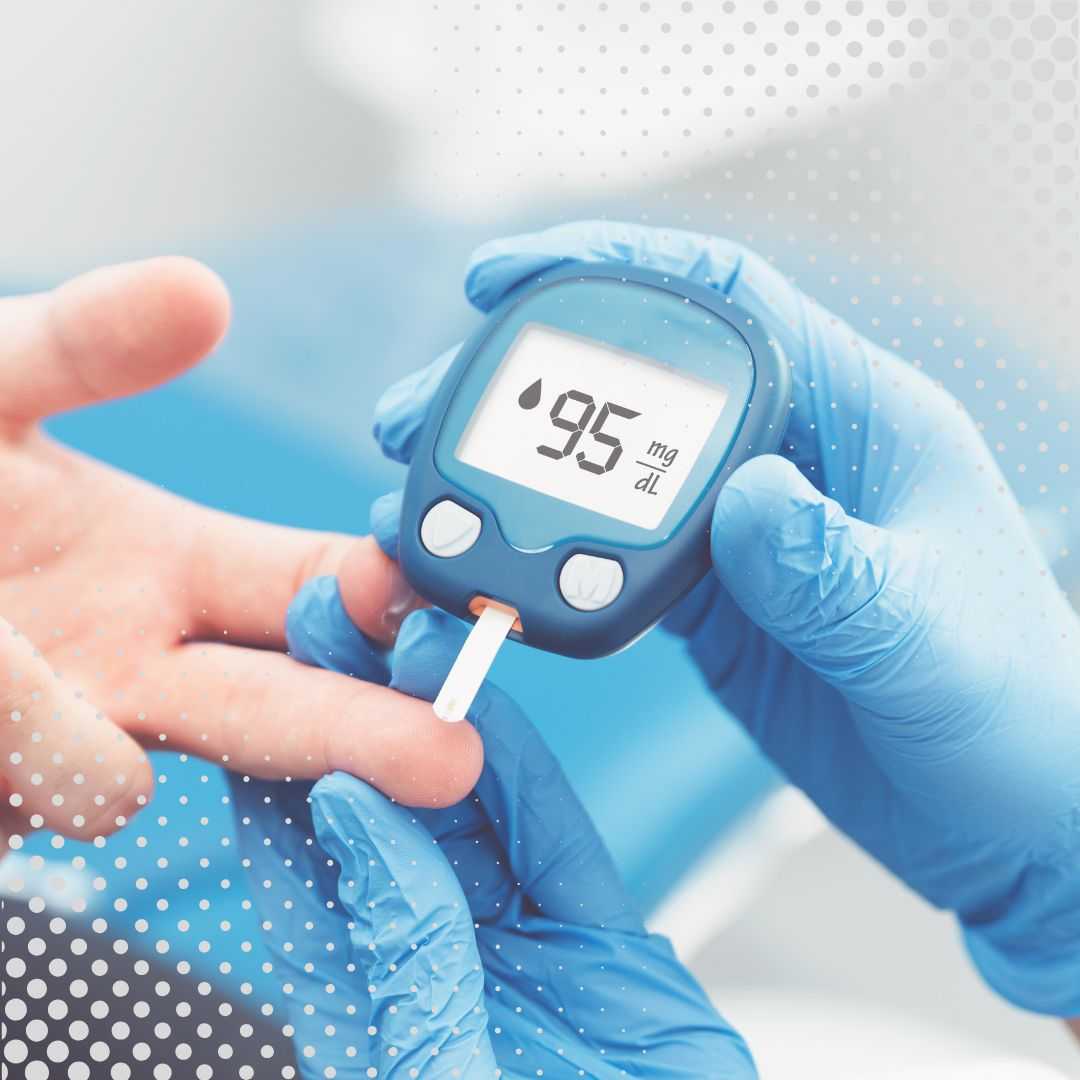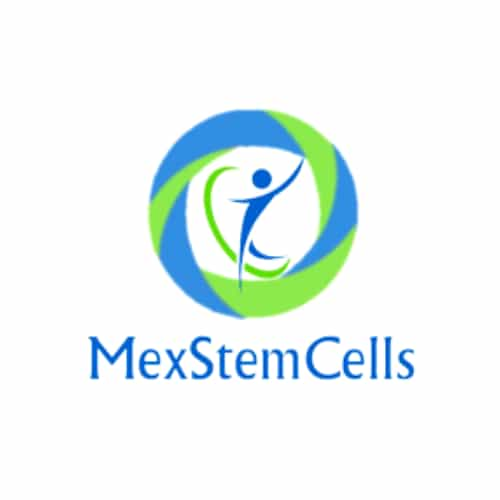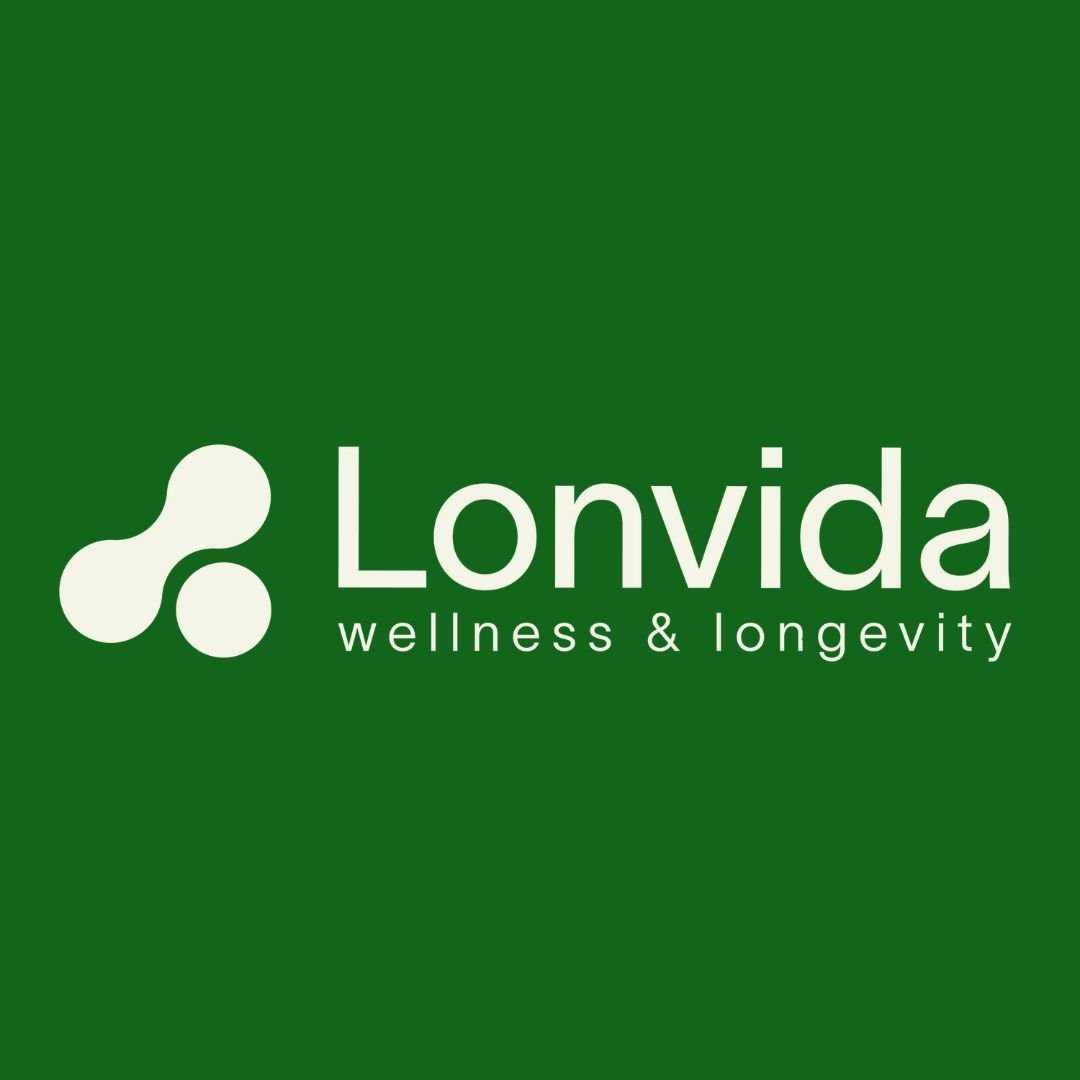Stem Cell Therapy in Mexico: A New Avenue of Hope for Canadians with Alzheimer's
.png)
For many Canadian families touched by Alzheimer's disease, the journey can feel like a relentless search for hope. As a progressive neurodegenerative disorder, Alzheimer's gradually diminishes memory, cognitive function, and the ability to perform daily tasks. While Canada has a robust healthcare system, the currently approved treatments primarily manage symptoms rather than addressing the underlying causes of brain cell degeneration. This has led a growing number of Canadians to look beyond their borders for innovative treatments, with Mexico emerging as a significant destination for stem cell therapy for Alzheimer's.
The core question for these families is whether this path offers genuine therapeutic promise or simply a fleeting hope. Stem cell therapy in Mexico operates in a different regulatory environment than in Canada, allowing for certain types of stem cell applications that are still in clinical trial phases back home. This therapy is centered on the unique ability of stem cells to potentially regenerate damaged tissues and modulate the immune system. For a condition like Alzheimer's, which involves chronic inflammation and neuronal loss, the appeal of a regenerative approach is undeniable. This blog will explore the critical questions Canadians have about pursuing Alzheimer's treatment in Mexico, from the science behind the therapy to the costs, safety, and logistics involved.
What is Stem Cell Therapy and How Might it Work for Alzheimer's?
Stem cell therapy is a form of regenerative medicine that harnesses the power of stem cells to repair, replace, or restore damaged or diseased tissues in the body. Stem cells are unique because they are "undifferentiated," meaning they can develop into various specialized cell types, such as brain cells, muscle cells, or skin cells. For neurodegenerative diseases like Alzheimer's, the focus is often on Mesenchymal Stem Cells (MSCs), which are known for their strong anti-inflammatory and regenerative capabilities.
The therapeutic potential of stem cells for Alzheimer's disease is multifaceted:
- Reduction of Neuroinflammation: Chronic inflammation in the brain is a hallmark of Alzheimer's and contributes significantly to neuronal damage. MSCs can secrete powerful anti-inflammatory molecules that help calm this inflammatory response, creating a more favorable environment for brain cell survival.
- Neuroprotection and Regeneration: Stem cells can release growth factors that protect existing neurons from further damage (neuroprotection). They may also stimulate the body's own repair mechanisms and, in some cases, differentiate into new neural cells to replace those lost to the disease.
- Improved Brain Connectivity: By promoting the health of the brain's microenvironment, stem cell therapy may help improve the function of synapses—the connections between neurons—which are crucial for memory and cognitive processes.
Why Are Canadians Exploring Alzheimer's Treatment in Mexico?
The primary driver for Canadians seeking Alzheimer's treatment in Mexico is the difference in treatment availability. In Canada, the healthcare system is cautious and evidence-based, meaning many advanced regenerative therapies are still categorized as experimental and are only accessible through rigorous and often lengthy clinical trials. While this ensures patient safety, it can be frustrating for those with progressive diseases who feel they don't have time to wait.
Mexico's regulatory body, COFEPRIS (the Federal Commission for the Protection against Sanitary Risks), allows for the therapeutic use of certain stem cell types under specific guidelines. This has fostered the growth of specialized clinics that offer treatments that are years away from broad availability in Canada or the US. Additionally, the cost of private medical care in Mexico is often a fraction of what it would be in Canada for non-insured, cutting-edge procedures, making it a more financially viable option for many families. The combination of accessibility and affordability makes medical tourism in Mexico an attractive proposition.
What is the Cost of Stem Cell Therapy for Alzheimer's in Mexico?
One of the most pressing questions for families considering this option is the financial commitment. The cost of stem cell therapy in Mexico can vary significantly, but it is generally more accessible than in other countries where such private treatments are available. The final price tag depends on several factors:
- Clinic Reputation and Location: Well-established clinics in major hubs like Cancun, Tijuana, or Guadalajara may have different pricing structures.
- Treatment Protocol: The total number of stem cells administered is a major cost driver. Protocols for a systemic condition like Alzheimer's often require hundreds of millions of cells, sometimes delivered over multiple sessions.
- Type of Stem Cells: The source of the stem cells (e.g., umbilical cord tissue, adipose tissue) can influence the cost.
- Inclusions: Many clinics offer all-inclusive packages that may cover the procedure, medical consultations, pre-treatment tests, and sometimes even accommodation and local transport.
It's essential to get a detailed quote that breaks down all associated costs to avoid any surprises. While it's a significant investment, for many, it's a more attainable figure than what they might face for similar experimental treatments elsewhere.
Is Stem Cell Therapy for Alzheimer's Safe and Regulated in Mexico?
Safety is a paramount concern when considering medical treatment abroad. While the regulatory landscape in Mexico is more permissive than in Canada, it is not unregulated. COFEPRIS is the governing body responsible for ensuring the safety and quality of medical treatments, including stem cell therapies. Reputable clinics will hold a COFEPRIS license and adhere to strict international standards for cell sourcing, processing, and administration.
To ensure safety, patients should verify a clinic's credentials, ask about their laboratory standards, and inquire about the source of their stem cells. The most commonly used cells for neurological conditions are allogeneic (from a donor) Mesenchymal Stem Cells derived from ethically sourced umbilical cord tissue. These cells are screened rigorously for diseases and are considered immunoprivileged, meaning they have a very low risk of being rejected by the patient's body. The primary risks are generally low and similar to any intravenous infusion, such as minor infection at the injection site or a mild, temporary immune reaction.
What Type of Stem Cells Are Used for Alzheimer's Treatment in Mexico?
Understanding the type of stem cells used is crucial. For systemic and neurodegenerative conditions like Alzheimer's, clinics in Mexico predominantly use Mesenchymal Stem Cells (MSCs). These are sourced from the Wharton's jelly of donated umbilical cords after healthy, full-term births. This source is considered ethically sound and provides a rich supply of young, robust, and highly active stem cells.
Why are umbilical cord-derived MSCs preferred?
- Potency: Being from a neonatal source, these cells are highly vibrant and have a strong capacity for self-renewal and differentiation.
- Safety: They have a low risk of causing an immune reaction, so they can be used in almost any patient without the need for matching.
- Abundance: A single umbilical cord can yield a large number of high-quality MSCs, which is necessary for the high-dose protocols often required for Alzheimer's.
These cells are administered systemically, typically through an intravenous (IV) infusion. This allows the cells to travel throughout the body, cross the blood-brain barrier, and home in on sites of inflammation and damage within the brain.
What Does the Treatment Process Look Like for a Canadian Patient?
Reputable Mexican clinics have streamlined the process for international patients. It typically unfolds in several key stages:
- Initial Consultation: This is usually done remotely via phone or video call. The clinic's medical team will review the patient's medical history, including diagnosis details and current condition, to determine if they are a suitable candidate.
- Travel and Logistics: Once approved, the clinic's patient coordinator will assist with scheduling the treatment and provide guidance on travel and accommodation. Many clinics have relationships with nearby hotels and can arrange for airport transfers.
- On-Site Evaluation: Upon arrival at the clinic, the patient will undergo a final in-person consultation and possibly some baseline blood tests.
- Treatment Administration: The stem cell therapy is typically administered via a simple IV drip, a process that can take a few hours. Depending on the protocol, this might be a single treatment or spread over several consecutive days.
- Post-Treatment and Follow-Up: After the procedure, the patient is monitored for a short period before being released. Most clinics provide a post-treatment care plan and schedule follow-up calls over the subsequent months to track progress.
Can Stem Cell Therapy Reverse Alzheimer's Disease?
It is crucial to set realistic expectations. Currently, there is no cure for Alzheimer's disease, and stem cell therapy is not a reversal agent. The goal of this treatment is not to bring a patient back to their pre-disease state but to intervene in the disease's progression and improve their quality of life. The potential benefits are aimed at slowing down the cognitive decline and mitigating some of the most challenging symptoms.
Success is measured by improvements in various areas, such as enhanced clarity, better short-term memory, increased engagement with family, or a stabilization of symptoms that were previously worsening. Many families report that the patient seems more "present" or experiences a noticeable improvement in mood and daily functioning. The aim is to achieve a better quality of life and potentially delay the advancement to more severe stages of the disease.
How Do I Choose a Reputable Stem Cell Clinic in Mexico?
Due diligence is critical when selecting a clinic. Here are key factors to consider:
- Licensing and Accreditation: Ensure the clinic holds a valid COFEPRIS license for stem cell application. This is non-negotiable.
- Transparency: A reputable clinic will be transparent about the type of cells they use, their source, the cell count, and the full cost of the treatment.
- Medical Expertise: Research the credentials of the medical staff. The doctors should have experience in regenerative medicine and treating neurological conditions.
- Patient Testimonials: Look for reviews and testimonials from previous patients, particularly those treated for similar conditions.
- Communication: The clinic should have English-speaking staff who can clearly answer all your questions and provide comprehensive pre- and post-treatment support.
What Are the Potential Risks and Side Effects?
When performed in a sterile environment with high-quality cells, the procedure is considered very safe. The use of allogeneic umbilical cord MSCs avoids the need for invasive harvesting procedures from the patient's own body. The most common method of delivery is a simple intravenous infusion, which carries the same minimal risks as any IV procedure.
Following the infusion, some patients may experience mild, short-term side effects such as:
- Fatigue
- Headache
- Flu-like symptoms or a low-grade fever
These symptoms are typically the body's natural immune response to the introduction of the new cells and usually resolve on their own within a day or two. Serious adverse events are extremely rare at licensed, professional clinics.
Ready to explore advanced healthcare options? For personalized guidance and access to a network of accredited global providers, explore PlacidWay for your medical tourism needs.


.png)





.jpg)
.png)







Share this listing